In the vast and mysterious world of marine life, most fish species follow a familiar reproductive pattern: they lay eggs, which then develop and hatch into larvae that eventually grow into adult fish. However, a select few species take a different approach, bypassing the egg-laying stage altogether. Instead, they undergo internal fertilization and give birth to live, fully developed young, which are capable of swimming and surviving independently from the moment they are born. This unique reproductive strategy sets them apart from the majority of fish species and offers fascinating insights into how life has adapted to different environments, particularly in the deep sea.
Fish that give birth to live young after internal fertilization are known as viviparous fish. Unlike oviparous species (egg-layers), viviparous fish keep their developing embryos inside their bodies until they are ready to be born. This ensures that their offspring have a higher chance of survival, as they are already more developed when they enter the ocean.
Among these live-bearing fish, several species stand out for their unique adaptations to their deep-sea habitats. These fish often inhabit extreme environments where conditions such as high pressure, low temperatures, and limited light can challenge survival. By giving birth to live, mobile young, these species increase the likelihood that their offspring will thrive in such harsh surroundings.
Many species of sharks are viviparous, and some of them inhabit the deep ocean, where they have perfected the art of live-bearing reproduction. The frilled shark (Chlamydoselachus anguineus) is one such example. Found at depths ranging from 200 to 1,500 meters below the ocean's surface, these ancient sharks carry their developing embryos for an extended period—sometimes up to 3.5 years—before giving birth to fully developed pups. This long gestation period allows the young sharks to be born strong and capable of navigating the deep-sea environment immediately after birth.
The goblin shark (Mitsukurina owstoni), another deep-sea species, is known to inhabit waters around 200 to 1,200 meters deep. Like the frilled shark, it also gives birth to live young, which are already adept at hunting and surviving on their own as soon as they emerge from the mother’s body.
Protection from Predators: In the deep sea, where resources are scarce, predators can be relentless. By keeping embryos inside their bodies, these sharks protect their offspring from potential dangers until they are fully developed and better equipped to survive on their own.
Increased Survival Rates: Unlike eggs, which can be vulnerable to predators, strong ocean currents, and other environmental factors, live birth ensures that the young are born as fully capable juveniles, better able to avoid predation and navigate their surroundings.
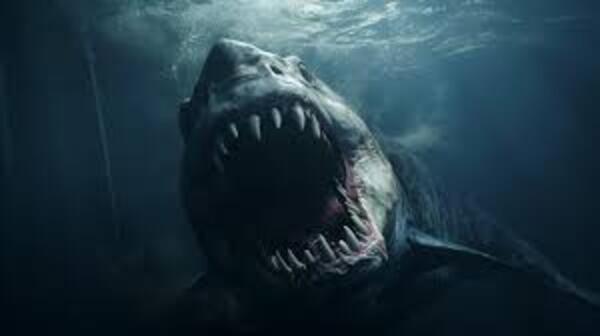
Though not as common in deep-sea environments, many shallow-water species of viviparous fish also give birth to free-swimming young. Fish like guppies (Poecilia reticulata) and mollies (Poecilia sphenops), often found in tropical coastal waters, are well-known for their viviparous nature. These species, which live in depths typically less than 10 meters, give birth to dozens of tiny, fully mobile fry.
For these species, viviparity offers similar advantages as it does for their deep-sea counterparts. The fry are born ready to find food and avoid predators, giving them a better chance at survival in their competitive and often predator-rich environments.
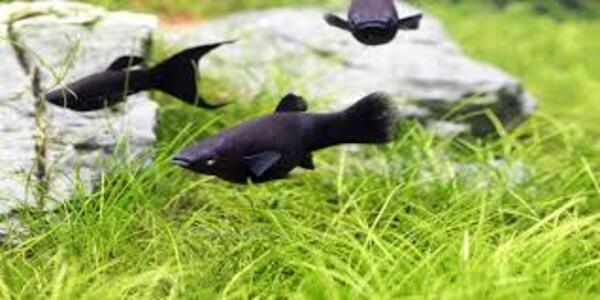
Another group of live-bearing fish are the swordtails (Xiphophorus hellerii) and platyfish (Xiphophorus maculatus). These species are found in shallow marine and brackish waters, typically at depths less than 20 meters. Swordtails and platyfish are popular in the aquarium trade due to their bright colors and ease of care, but in the wild, their viviparous reproductive strategy ensures that their young are born ready to explore and thrive in the ocean.
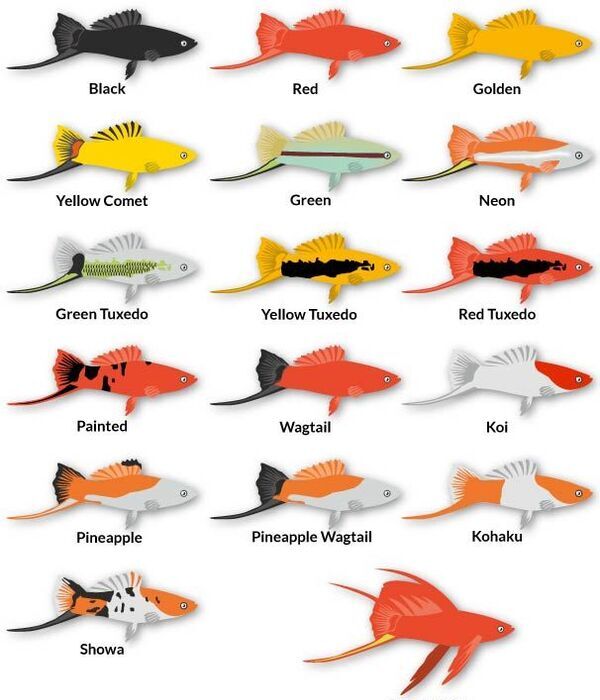
Toxicity: Non-toxic.
Aggressiveness: Non-aggressive; gentle filter feeders.
Habitat Depth: Typically found in ocean depths up to 1,000 meters.
Manta rays are one of the largest species of rays and are known for their graceful swimming. They give birth to live pups after internal fertilization, usually producing one or two offspring at a time. These juveniles are born fully developed and immediately capable of swimming and fending for themselves. Manta rays’ viviparous reproduction allows them to protect their young in the womb until they are strong enough to navigate the ocean's open waters.
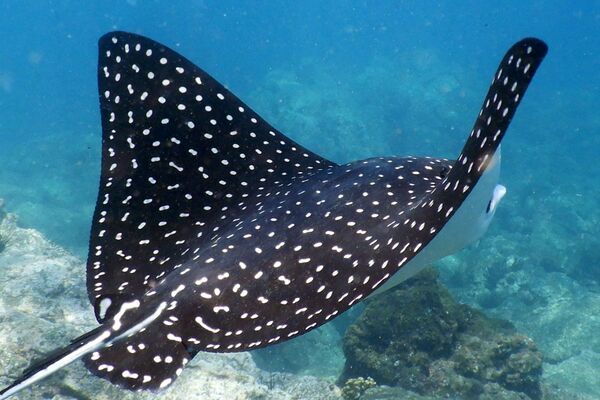
Toxicity: Non-toxic.
Aggressiveness: Non-aggressive.
Habitat Depth: Typically found in shallow coastal waters up to 30 meters deep.
Surfperches are a family of fish native to the Pacific Ocean, particularly along the coastlines of North America. They are unusual among fish because they give birth to live young. Female surfperch carry their embryos internally, and the young are born fully developed and immediately capable of swimming and hunting. This strategy allows the young to have a higher chance of survival, as they are already mature enough to evade predators.
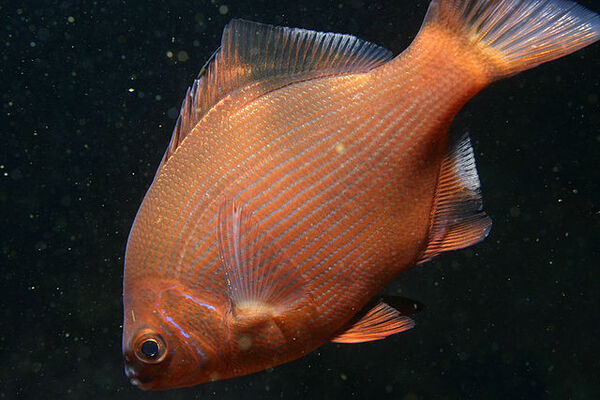
Toxicity: Non-toxic.
Aggressiveness: Potentially aggressive, though generally not a threat to humans unless provoked.
Habitat Depth: Typically found at depths of up to 90 meters but can dive deeper.
The lemon shark, like many other sharks, is viviparous and gives birth to live young after a gestation period of about 10 to 12 months. They give birth in shallow waters, often in mangroves or estuaries, where the young sharks have better chances of survival. The pups are born fully developed and independent, which allows them to begin hunting for small prey immediately. Lemon sharks are an important species in their ecosystems and provide valuable insights into shark reproductive strategies.
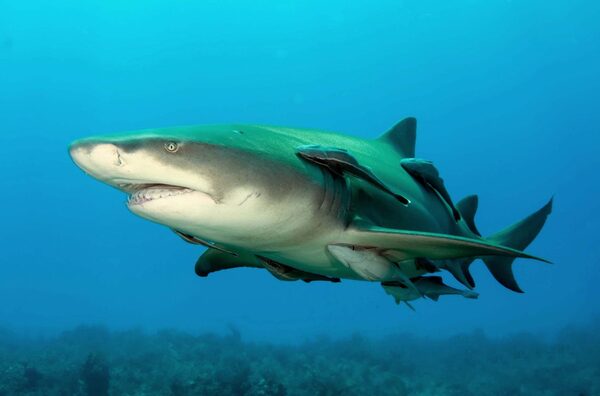
Toxicity: Non-toxic.
Aggressiveness: Non-aggressive; gentle, slow-moving.
Habitat Depth: Typically found in shallow waters, often around 1 to 50 meters deep.
Seahorses are famous for their unique method of reproduction, where the male, not the female, carries the eggs in a specialized brood pouch. After internal fertilization, the male gives birth to live young that are tiny, fully developed versions of the adult seahorses. These young are born free-swimming and ready to survive on their own, though many fall prey to predators due to their small size. Seahorses are found in shallow marine waters and are often associated with coral reefs and seagrass beds.
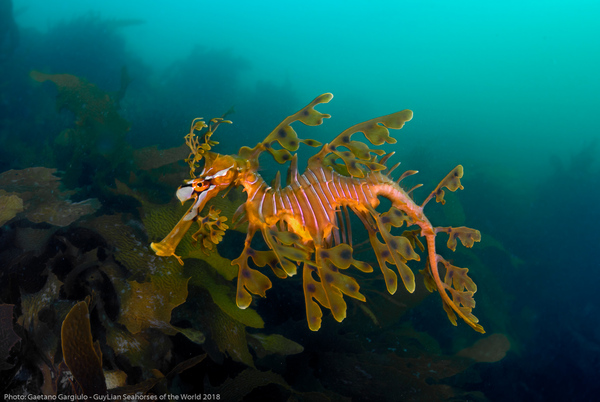
Toxicity: Non-toxic.
Aggressiveness: Generally non-aggressive towards humans but can be curious.
Habitat Depth: Found in shallow waters, typically at depths of 30 to 75 meters.
The blacktip reef shark is another species that gives birth to live young. After a gestation period of about 10 to 12 months, female sharks give birth to up to 10 pups, which are born fully capable of swimming and hunting. This species typically inhabits shallow coastal waters and coral reefs, where their young can find shelter and food in relative safety.

Toxicity: Non-toxic.
Aggressiveness: Non-aggressive; typically shy.
Habitat Depth: Usually found in waters up to 300 meters deep.
The dusky grouper is a large, solitary species that is also known to exhibit a form of live-bearing reproduction. While not entirely viviparous, the grouper often protects its eggs within its mouth or body cavity until they hatch, offering its offspring a much better chance of survival. These fish are considered a delicacy and are often subject to overfishing, making them a species of conservation concern.
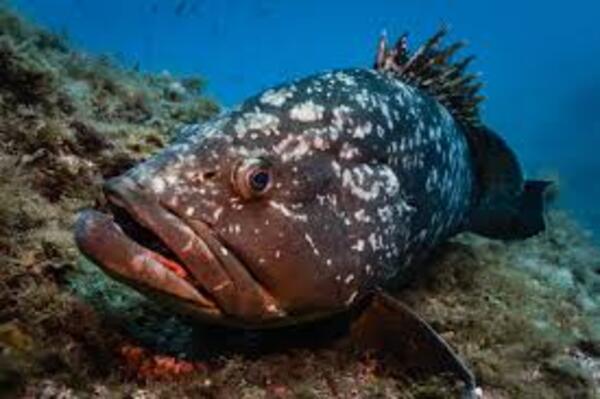
From the shallow coastal waters where guppies and seahorses thrive to the deeper ocean environments inhabited by sharks and rays, live-bearing fish demonstrate a remarkable variety of adaptations. Their ability to give birth to free-swimming, fully developed young increases the chances of survival in both predator-rich and harsh environments. This unique reproductive strategy has evolved across numerous species, showing nature's incredible capacity for diversity and survival. Whether at depths of 1,500 meters or in shallow coastal estuaries, viviparous fish play essential roles in their respective ecosystems and remind us of the wonders hidden beneath the waves.
The ability to give birth to live young offers several key advantages for fish species, particularly in the deep sea, where environmental conditions can be extreme:
Protection from Harsh Conditions: In the deep sea, where temperatures can be near freezing, and pressure is immense, laying eggs could expose offspring to dangerous conditions. By keeping their young inside their bodies, viviparous fish protect them until they are fully developed.
Better Development: Offspring born live are often better equipped to survive because they have had more time to develop inside the mother. This gives them a head start in life, especially in environments where food is scarce, and predators are numerous.
Higher Offspring Survival Rate: Compared to fish that release large numbers of eggs into the water, which are often eaten by predators or lost to the currents, live-bearing fish typically produce fewer young. However, these young have a higher survival rate because they are more developed and can fend for themselves immediately.
Fish that give birth to live young can be found in a range of ocean environments, from shallow tropical waters to the abyssal depths. Here are the typical depths for some of these species:
Frilled Shark: 200 to 1,500 meters deep.
Goblin Shark: 200 to 1,200 meters deep.
Guppies and Mollies: Less than 10 meters deep.
Swordtails and Platyfish: Less than 20 meters deep.
These fish have adapted to their specific habitats, whether it’s the crushing pressures of the deep sea or the bustling coastal ecosystems. Their reproductive strategies are a testament to the diversity of life in the ocean and the ingenious ways species ensure their survival.
Fish that give birth to live, free-swimming young represent an incredible evolutionary adaptation. From the abyssal depths where frilled and goblin sharks swim to the vibrant coastal waters where guppies and mollies thrive, viviparous reproduction offers a significant advantage in ensuring that offspring have the best possible start in life.
This fascinating reproductive strategy highlights the incredible diversity of marine life and the endless ways in which nature finds solutions to life's challenges, whether in shallow reefs or the deep, dark ocean floor. These live-bearing species serve as a reminder of the complexity and beauty of the underwater world, where survival often depends on unique and remarkable strategies.
animal tags: Live-Bearing
We created this article in conjunction with AI technology, then made sure it was fact-checked and edited by a Animals Top editor.